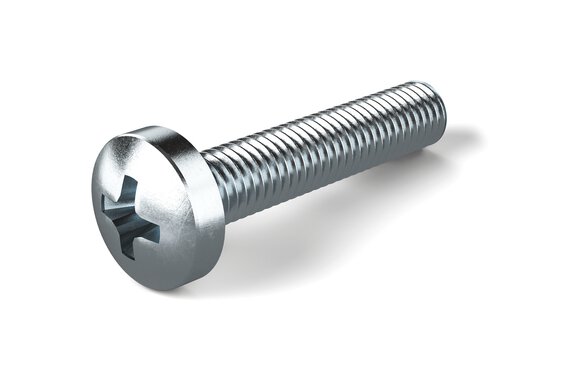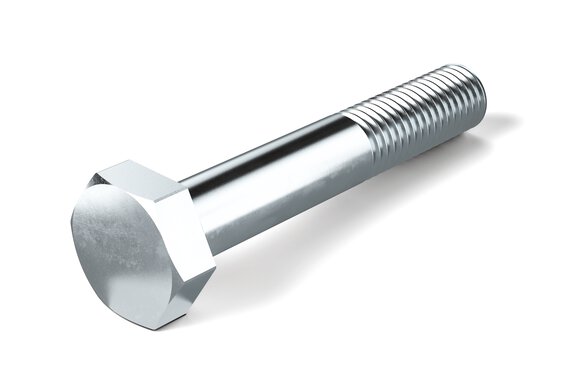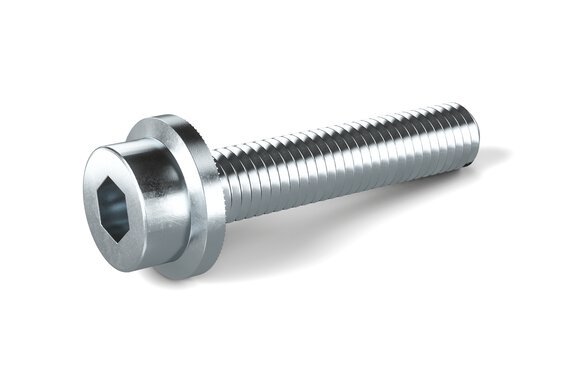Due to their special head shape, eyebolts are used as fasteners for hooks or cables, as well as guides for bars.
They are particularly suitable for movable connections such as locking devices, fence systems or cylinders. Eyebolts are not to be confused with lifting eyebolts. These are used as load suspension devices.
Standards
- DIN 444




